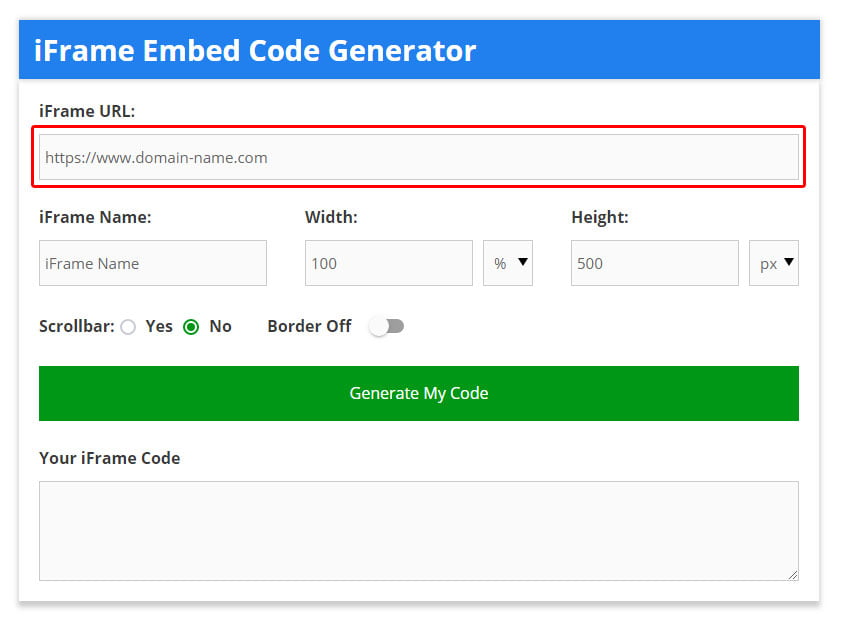

How to Add a Responsive iFrame to WordPress Using a Plugin This helps greatly improve the user experience and bring more traffic to your site. If you are surfing on a page and seeing a video like this, how would you feel? It’s definitely not comfortable.Ī responsive iframe will bring a positive and mobile-friendly look to your content. Your embedded content can be cut off or become distorted. These statistics have risen the vital role of responsive iframes.Īs a matter of fact, iframes don’t always fit mobile and tablet screens, and YouTube videos in particular. However, making it responsive is not an easy task.Ħ1% of the US website traffic came from mobile devices, according to a Google Analytics report while this number was down to 35.7% for desktops.

There will be no worry about copyright violations or heavy self-hosted files. Inserting an iframe into the content is awesome. Let’s get started! Why Making Your WordPress iFrame Responsive? To continue with the iframe series, today we’ll go over an important factor of the iframe, mobile responsive. We’ve already covered some topics on how to create a frame to share content as well as ways to add an iframe widget in Elementor. It’s like a window for users to open and see the content of other sources such as social posts or YouTube videos. As a WordPress site owner, you may get familiar with iframes which allow you to present content from another website right on your site.


 0 kommentar(er)
0 kommentar(er)
